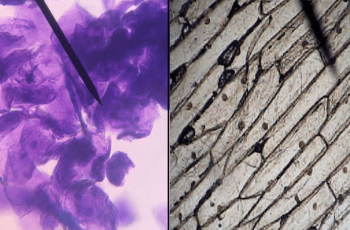Search results for: “system”
-
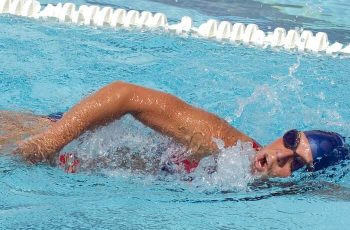
Case Study – The Tired Swimmer
This case study was modified from the National Center for Case Study Teaching in Science so that it is more appropriate for basic high school students in anatomy and physiology. This case is intended to be used during the chapter on muscles as it requires students to examine how the neurotransmitter, acetylcholine is used…
-

Claim, Evidence, Reasoning (CER) Science Topics
A list of topics and articles for students to use to practice claim, evidence, and reasoning.
-
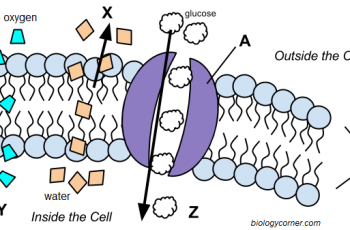
Cell Membrane and Transport
This reinforcement worksheet displays a graphic of the cell membrane showing the phospholipid bilayer and embedded proteins. Students identify structures within the bilayer and use reasoning to determine how molecules are moving across the membrane in response to a hypertonic solution. Worksheet was designed for freshman level biology classes who are studying osmosis and…
-
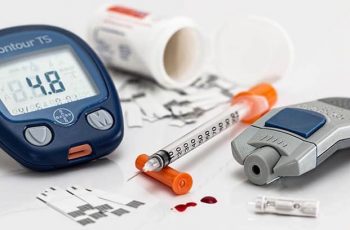
Case Study: Can a Virus Cause Diabetes?
This case asks students to examine data on children diagnosed with Type 1 Diabetes after reading a short story about a young girl who was losing weight and feeling thirsty. The content looks at a possible connection between diabetes and infection by the coxsackie virus, a virus that is responsible for “hand, foot, and mouth”…
-
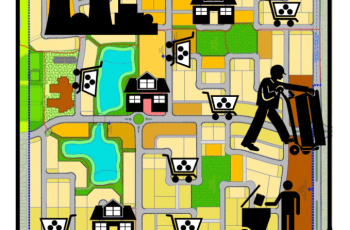
Cell City
This popular activity asks students to read a story about a fictional town where each part of the city is compared to the parts of a cell. For example: “Widgets are generally produced in small shops around the city, these small shops can be built by the carpenter’s union (whose headquarters are in town hall.)” In this…
-
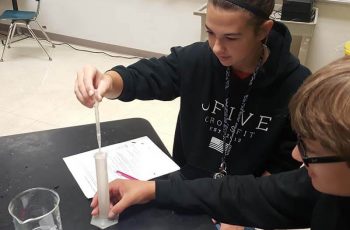
Investigation: Tools and Measurements
I designed this activity to help students become familiar with basic equipment found in the lab. Students take volume measurements using a graduated cylinder, beaker, and a 3ml pipette. Ultimately, they must determine how many single drops of water are in 1 milliliter by designing a way to test this given the tools provided.…
-
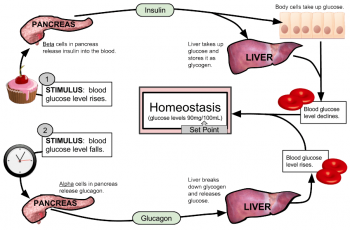
Feedback Loops: Insulin and Glucagon
The Next Generation Science Standards includes feedback loops and homeostasis as a standard for life science. While homeostasis is a theme for many units in biology, feedback mechanisms are fairly specific. In fact, this is probably the most oddly specific topic found in NGSS. If you are trying to include it, most younger students…
-
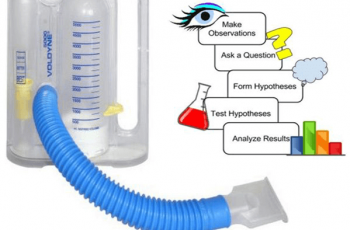
Investigation: Processes of Science
Students must develop their own causal question about what biological factors affect a person’s lung capacity, Then test their hypothesis using a respirometer.
-
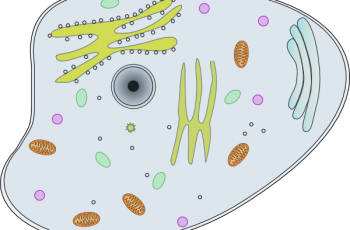
Investigation: Why Are Cells So Small?
This activity requires students to practice math skills by measuring the surface area and the volume of boxes. Collect boxes for students to use, these can be any type of box, such as tissue boxes, food boxes, or shoe boxes. Ideally, you want a range of sizes, with at least one box being overly…
-
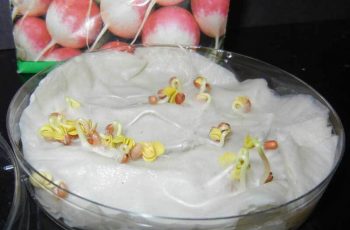
Investigation: What Factors Affect Seed Germination?
This activity can be used as part of a unit on plants or as an activity to illustrate the scientific method. The materials are cheap and can be obtained from the grocery store. Students design an experiment to determine what factors affect seed germination. They are given a list of variables that are appropriate…
-
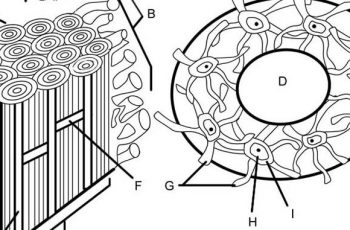
Bone Matrix Anatomy (Coloring)
Anatomy students learn about the skeletal system, where they examine bones and how the bones fit together to make up an entire skeleton. In addition, some course also explore bone tissue and how bone is formed, repaired, and even broken down to release minerals. The bone matrix is composed of cells called osteocytes…
-
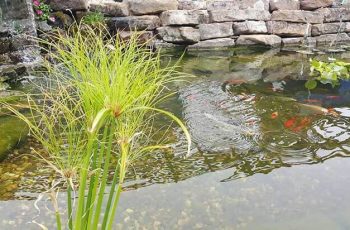
Investigation: What Organisms Are Found in Ponds?
Does your community have ponds, streams, or lakes? Students enjoy working with real biology, and though it may not be possible to take students to a lake, you can bring the lake to the student. This open-ended activity gives students the opportunity to explore pond water and compare the types of species found in…
-
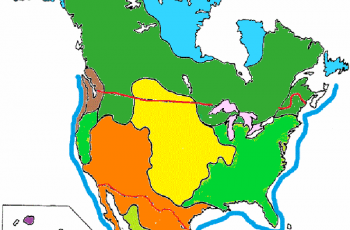
Color the North American Biomes
This coloring activity is suitable for beginning biology students who are learning about the plants and animals found in each major biome. The worksheet does require a basic geography knowledge, which I found somewhat lacking in my freshman students. I usually place a large map of North America on the overhead projector for students…
-
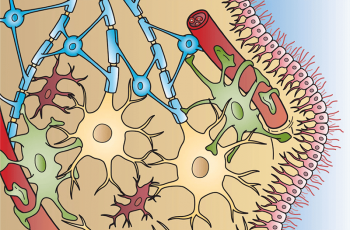
Color the Neuron and Neuroglia
Students can practice what they have learned about neurons with this simple coloring activity. The page shows features of the neuron, such as the axons and dendrites. They will also color the supporting cells of the matrix. There are no instructions, students must identify each of the types of glial cells: oligodendrocytes, astrocytes, microglial cells, ,…


